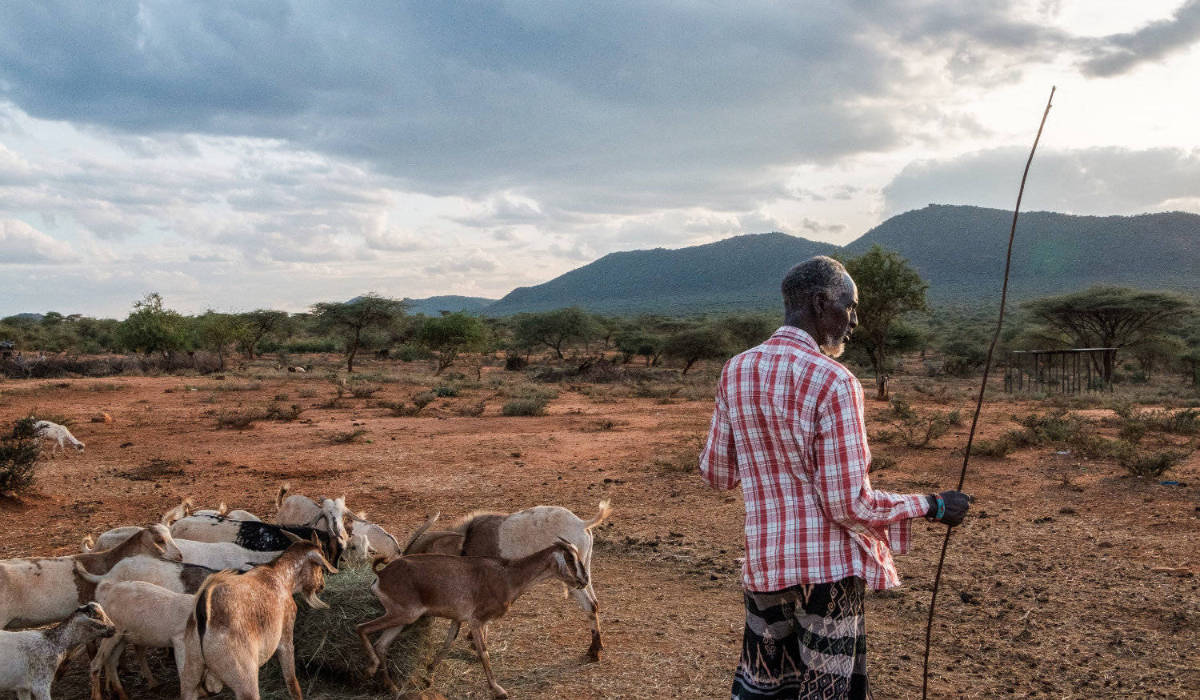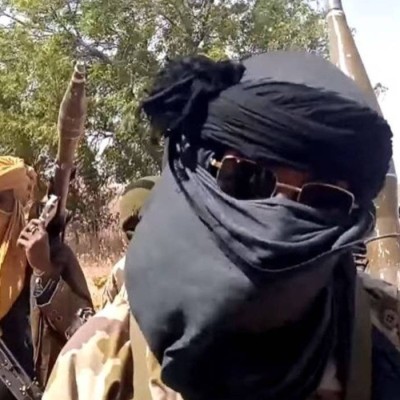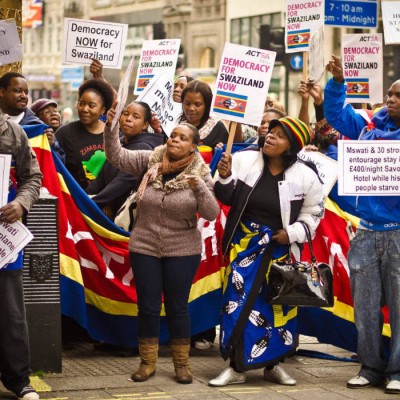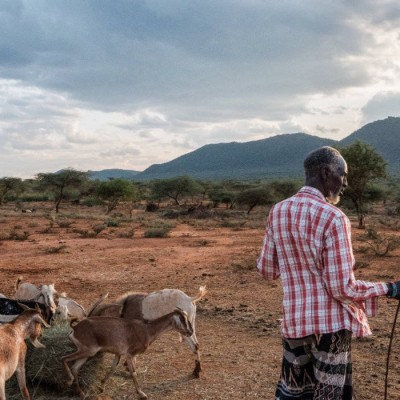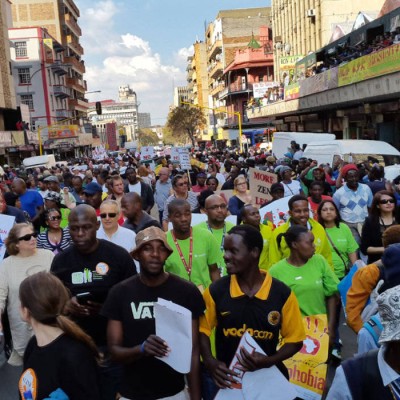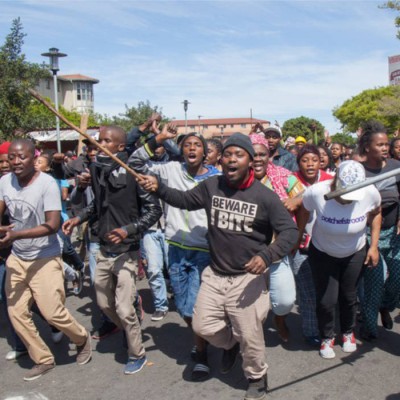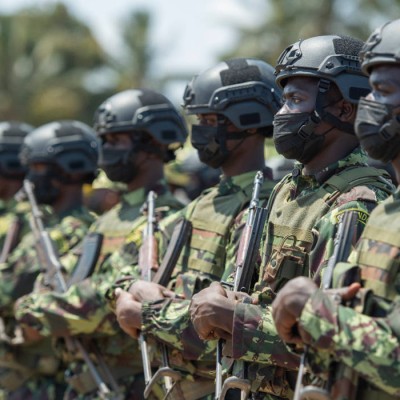Introduction
This article examines the undercurrents that shape the increasingly destructive conflicts in Samburu county, which is part of the Arid and Semi-Arid Land (ASAL) regions of Kenya. Over the last decade, the county has experienced ongoing conflict exacerbated by various factors. Samburu county is one of the 47 county governments of Kenya that lies within the ASAL region. It covers an estimated area of 21 022 square kilometres and is geographically bordered by Marsabit (Northeast), Turkana (Northwest), Isiolo (East), Laikipia (South) and Baringo (Southwest) counties.1Government of Kenya (2021) ‘Samburu County: Disaster early warning communication strategy’, ReliefWeb, 24 August, Available at: <https://reliefweb.int/report/kenya/samburu-county-disaster-early-warning-communication-strategy-2021> (Accessed: 13 May 2022). It is constituted of three sub-counties, namely, Samburu West, Samburu East and Samburu North, which are further subdivided into 15 wards.2County Government of Samburu (2018) ‘Samburu County: Second County Integrated Development Plan 2018–2022’, Available at: <https://repository.kippra.or.ke/handle/123456789/802> (Accessed: 13 May 2022). The majority of the communities therein practice nomadic pastoralism, with only a few engaging in agro-pastoralism as a means of livelihood.
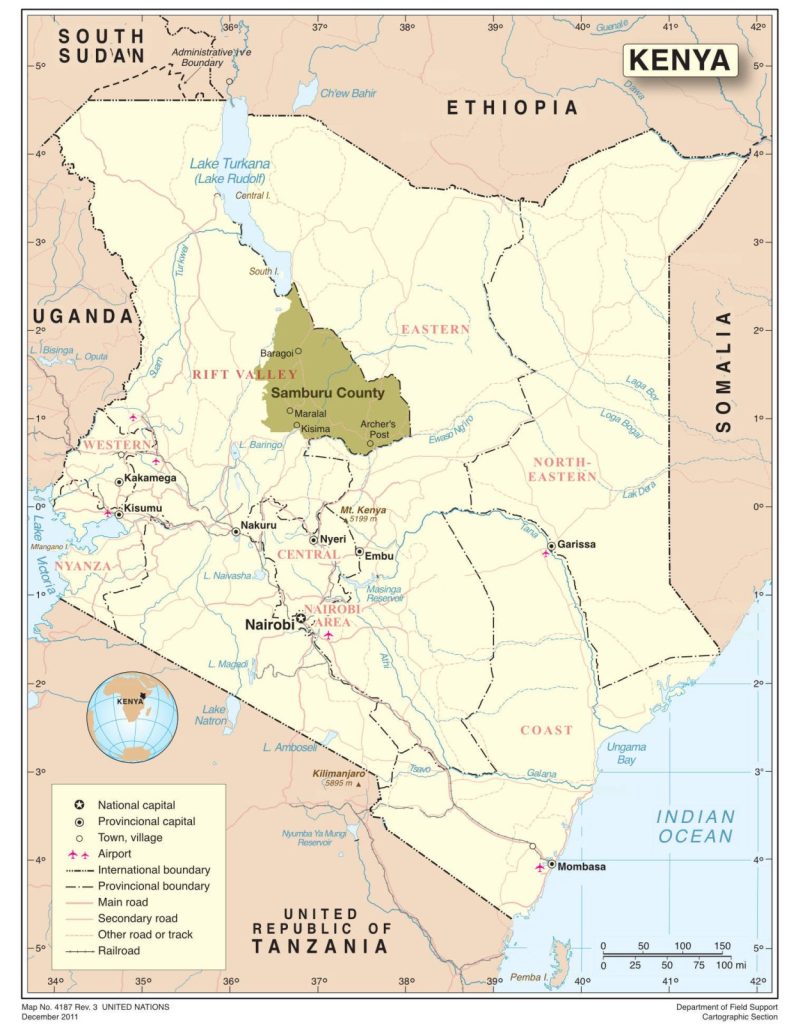
Over the last decade, Samburu county has continued to manifest unabated intercommunal conflicts. This is attributed to many factors, including the availability and misuse of small arms, inaccessible terrain, ungoverned spaces, struggle for scarce natural resources, intercommunal raiding, revenge and retaliatory attacks, harsh climatic conditions, and political incitements, among others. The persistent conflicts have been detrimental to the local economy and polarised intercommunal relations. Interventions to deal with the conflict, including through the deployment of security forces, have remained limited because they have largely been reactive and do not often address the root causes of the conflict, which are related to the structural conditions of underdevelopment and broken relationships.
This article sets out to understand the nature, actors and issues that underpin the teetering conflicts in Samburu county. The aim is to suggest viable policy responses that may deal with the root causes of conflict and help address the local needs of the different communities in the county.
Samburu County Conflicts in Context
Conflict Issues
Conflicts in Samburu county have proliferated due to a number of issues, which are described below.
Culture
This article defines culture as a ‘historical accumulation of socially produced beliefs and practices which are aimed at achieving psychological needs’.3Wood, John Carter (2007) ‘Conceptualizing cultures of violence and cultural change’, In: Carroll, Stuart (Ed.), Cultures of Violence, London: Palgrave Macmillan, pp. 79–96. This implies that societal behaviours are guided by the socio-cultural and environmental contexts in which the people live.4Okumu, Willis (2016) Meanings of Violence and Its Impacts on the Socio-Political Relations among the Turkana and Samburu of Baragoi, Northern Kenya. Inaugural PhD Dissertation, University of Cologne, pp. 92–93, Available at: <https://core.ac.uk/download/pdf/78378047.pdf> (Accessed: 25 May 2022). Culture has been a major factor in the persistence of conflicts in Samburu county.
A case in point is marriage. Traditional marriage is the most common form of marriage in many pastoralist communities,5Likaka, Luchetu and Muia, Mariana (2015) ‘Role of culture in Protracted Pastoral Conflicts among the Samburu and Pokot of Kenya’, IOSR Journal of Humanities and Social Science,20(10), 71–72. and it has a strong influence on the intensity, direction, speed of resolution and reconciliation processes in the conflict situations in the county.6Ibid. However, traditional marriages have their share of demands. For instance, young men are required to pay dowries in the form of large numbers of livestock. Often, many of these individuals lack the ability to fulfil such demands and thus resort to cattle raiding as an alternative means of acquiring bride wealth. This, in turn, snowballs into unabated conflicts between different communities.
During earlier periods of war, indiscriminate killings of the elderly, women and children were limited. Notably, children were spared on the grounds that they are innocent, women were perceived to be the source of life, while the elderly were left uninjured owing to their connections with the ancestral world. Currently, factors such as increased disobedience to elders by youths, the use of advanced weapons, and the commercialisation and politicisation of conflicts have eroded that culture. This has increased the number of casualties and retaliatory attacks between conflicting pastoralist communities.
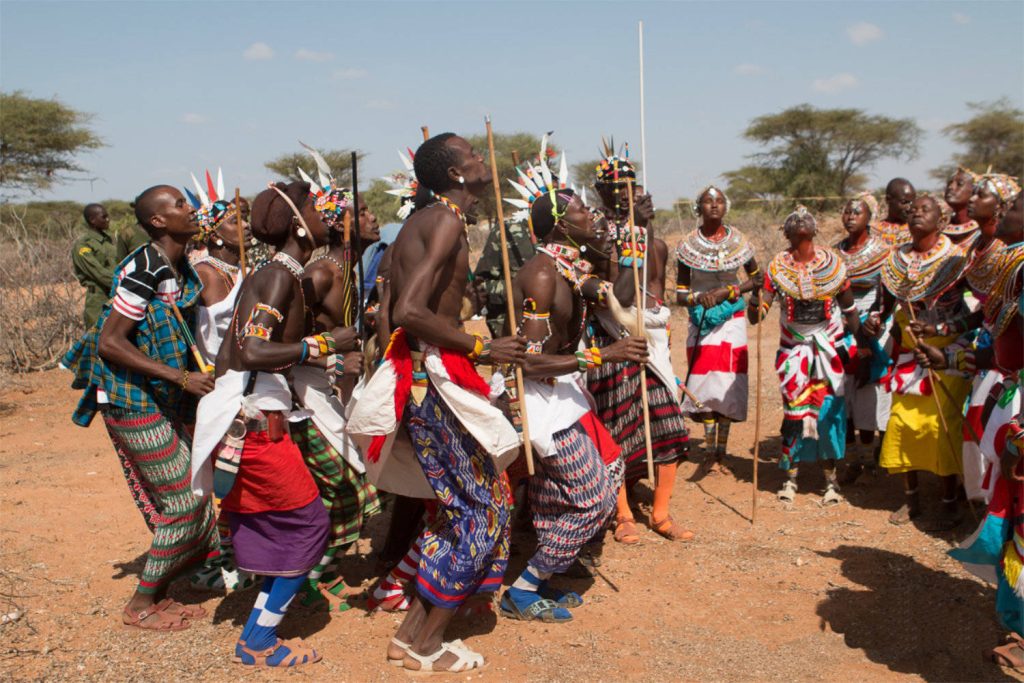
Ungoverned Space and Inaccessible Terrain
Northern Kenya is described in scholarship as ‘ungoverned spaces’ owing to the minimal presence of state security apparatus and widespread marginalisation in such regions.7Okumu, Willis and Eric Mutisya Kioko (2021) ‘Ungoverned Spaces and Informalization of Violence: The Case of Kenya Police Reservists (KPRs) in Baragoi’, In: Steinforth, Arne S. and Klocke-Daffa, Sabine (Eds) Challenging Authorities. Cham: Palgrave Macmillan, pp. 347–374. Samburu county is no different. It encompasses inaccessible valleys with rough terrain and thick bushes that act as hiding places and armouries for many bandits and cattle raiders.
When forceful disarmament operations are conducted in conflict-prone pastoralist regions, bandits run away from their homeland and hide in these valleys and later continue to cause havoc in neighbouring communities. This inhibits government intervention measures, including gun mapping.
Availability of Small Arms and Light Weapons
The availability of small arms and light weapons has been a major contributor to the persistence of conflicts in Samburu county. It is estimated that civilians possess more than 30 000 illicit arms in Kenya’s conflict-prone counties, including Elgeyo Marakwet, West Pokot, Baringo, Turkana and Samburu county, which is the focus of this study.8Ndanyi, Mathews (2022) ‘Profiling illegal gun holders prelude to forced disarmament’, The Star, 6 February, Available at: <https://www.the-star.co.ke/news/2022-02-06-profiling-illegal-gun-holders-prelude-to-forced-disarmament> (Accessed: 3 June 2022). This begs the question of why people acquire guns. According to a high-ranking county official, the lack of trust in the ability of the security apparatus to provide adequate security to the people and their livestock is a key reason for armament in the county.9Nation (2021) ‘Alois Lentoimaga, Samburu North MP wants state to end insecurity in Baragoi’, YouTube, 7 May, Available at: <https://www.youtube.com/watch?v=1BZ7fFsnQr8> (Accessed: 3 June 2022).
Lack of accountability is another reason for the arms race in Samburu county. Rarely are perpetrators of banditry attacks and cattle raiding punished for their unwarranted acts. With minimal accountability, anger and a desire for revenge increase among many victimised families. Armament, therefore, becomes requisite for retaliatory attacks. However, an unending cycle of conflict emerges when such retaliatory attacks affect innocent people who were not part of the original attack.
Conflicts in Kenya’s neighbouring countries and its porous borders also catalyse the arms race in the Samburu region. In the 2020 Annual State of National Security Report to Parliament, Kenya’s security apparatus acknowledged the existence of transnational arms trafficking syndicates.10Republic of Kenya (2020) ‘Annual Report to Parliament on the State of National Security’, March, Nairobi, Available at: <http://www.parliament.go.ke/sites/default/files/2020-11/SP%207284-2020%20ANNUAL%20REPORT%20FINAL%20JAN%202020%20_0.pdf> (Accessed: 4 June 2022). These groups or organisations smuggle sophisticated weapons, such as M16 rifles, into the country and pastoral communities, where the demand for guns is high.
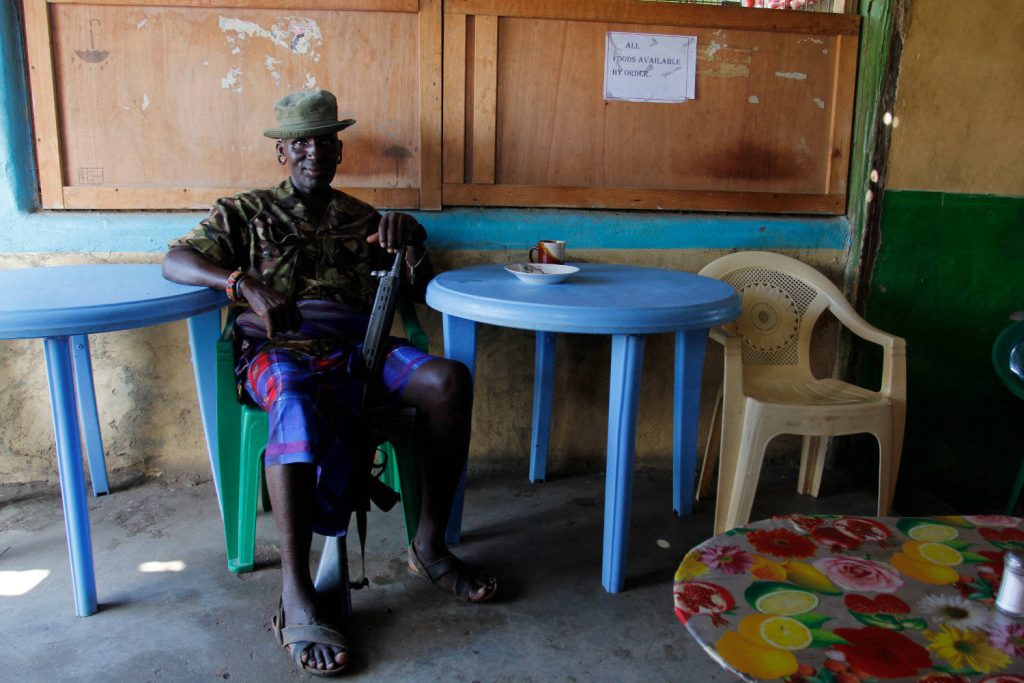
Narrow Political Interests
Political incitements and ethnic-based mobilisation are major problems in many pastoralist communities. For instance, during electioneering periods, politicians capitalise on community issues to gain political mileage. This is achieved through conveying messages of incompatibility that often trigger the forceful eviction of opponent supporters in an effort to deny them the chance to cast their vote.11Okumu, Willis (2021) ‘From Cattle Raids to Violence: A Processual Analysis of the Baragoi Massacre in Northern Kenya’, Conflict Trends, 3, 39–46.
In other scenarios, it is alleged that some politicians portray themselves as community ‘saviours’ in times of crisis to gain favour during elections. For instance, they supply weapons and ammunition to their respective communities during conflict periods as a defensive measure. This enables them to resonate with the people. Notably, they are viewed as individuals who truly understand societal needs and the insecurity problems that come about from a lack of self-protection. However, problems arise when such weapons are misused to attack neighbouring communities.
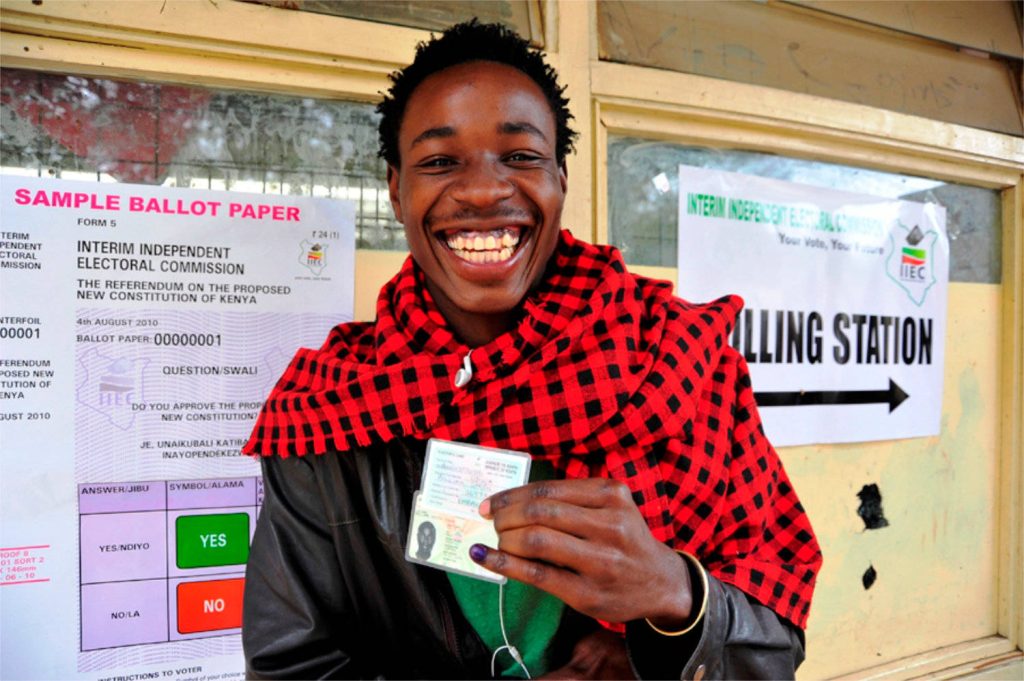
Conflict Actors
In Samburu county, most conflicts involve three major communities – the Samburu, Turkana and Pokot. There are also occasional cross-border conflicts involving communities in Samburu and other counties. These conflicts are often perpetrated by youths, but are encouraged by their elders.
In the past, almost all raids had to be blessed by the elders. This is slowly changing, with youths increasingly conducting raids and other attacks without such approval. The protracted traditional conflicts have also changed and now involve other actors, including politicians, commercial traders, and transnational arms trafficking syndicates, among others.
The Changing Nature of the Conflicts
Increased Attacks on Police Stations
Samburu county has recently experienced an increased spate of attacks on police stations. Many police officers have been killed, with firearms and ammunition being stolen from police armouries. This increases the risk factors and compromises the personal safety of security personnel in the county.12Angira, Zadock (2022) ‘Officer killed, rifles stolen in Samburu police post attack’, People Daily, 17 March, Available at: <https://www.pd.co.ke/news/officer-killed-rifles-stolen-in-samburu-police-post-attack-118928> (Accessed: 8 June 2022).
Following an attack in late October 2021, police authorities closed down all police posts and patrol bases with less than six officers, and redeployed them to their mother stations.13Ibid. However, police station attacks continue to manifest in the county. Strategically, ambushes are conducted by bandits when most officers are not on duty.
Killing police officers reduces the already inadequate number of security personnel in the county. It also inhibits peoples’ trust in the ability of security personnel to protect them. When officers are redeployed from police posts and patrol bases to their respective mother stations, the problem of increased ungoverned space emerges. Moreover, stolen guns from police posts may be used to terrorise people. All these act as potential triggers for increased conflicts in the county.
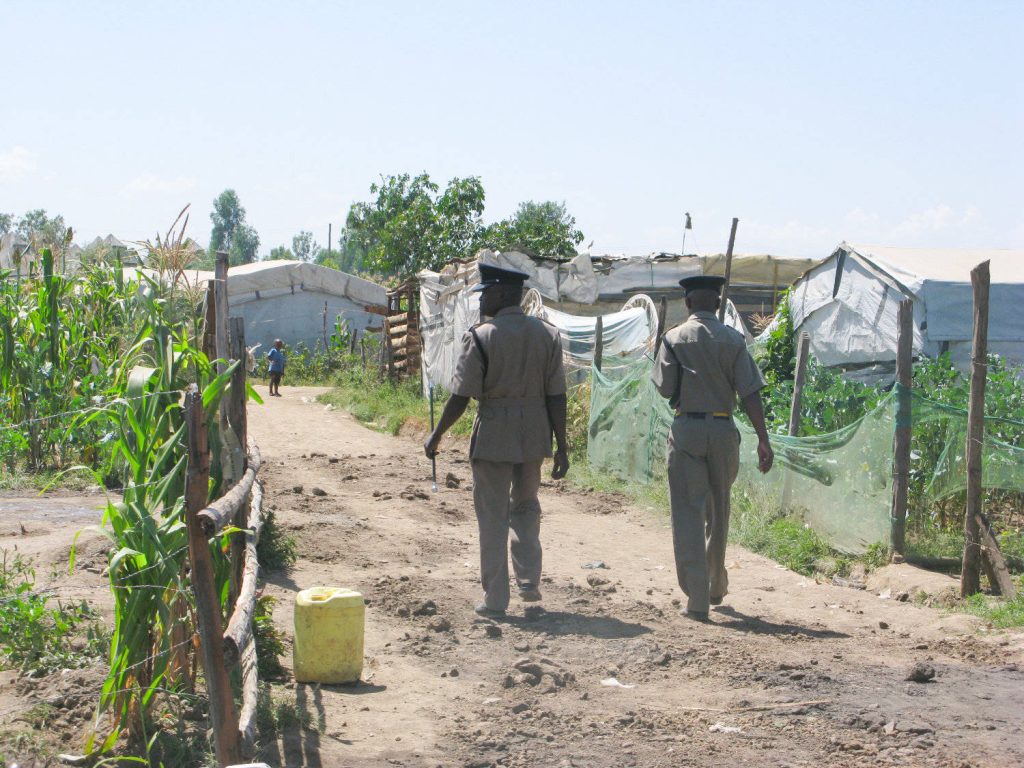
The Effects of Drought and Climate Change
Drought and conflicts among pastoralist communities are almost intertwined. In September 2021, after parts of the country experienced three consecutive below-average rainy seasons, the Kenyan government declared a national disaster.14Assessment Capacities Project (2022) ‘Kenya: Impact of drought on the arid and semi-arid regions’, ReliefWeb, 29 March, Available at: <https://reliefweb.int/report/kenya/acaps-thematic-report-kenya-impact-drought-arid-and-semi-arid-regions-29-march-2022> (Accessed: 8 June 2022). Millions of people were projected to be food insecure and in need of humanitarian assistance.15Government of Kenya and IPC (2022) ‘Kenya: The 2021 Short Rains Season Assessment Report’, ReliefWeb, 8 March, Available at: <https://reliefweb.int/report/kenya/kenya-2021-short-rains-season-assessment-report-february-2022 (Accessed 8 June 2022). Notably, these problems started manifesting in Samburu county, with various reports in 2022 indicating that over 200 000 people faced starvation.16KBC Channel 1 (2022) ‘Over 200,000 people face starvation in Samburu County,’ YouTube, 28 January, Available at: <https://www.youtube.com/watch?v=zvYtFu5JL9M> (Accessed: 9 June 2022).
Drought can kill thousands of livestock. It forces people to migrate to neighbouring regions and counties in search of water and pasture. Often, such movements trigger conflicts between those migrating and the locals of the neighbouring counties and regions. A case in point is the Ngaremara conflicts, which intensified after individuals allegedly from Samburu and other counties migrated with their livestock and camped along the Isiolo borders.17Ebru TV Kenya (2022) ‘Isiolo Residents Have Threatened To Protest If Security Will Not Be Improved’, YouTube, 29 March, Available at: <https://www.youtube.com/watch?v=JRhDbdRmdE8> (Accessed: 9 June 2022). Banditry cases also increase during drought periods. Banditry is employed as a means to restock depleted livestock.
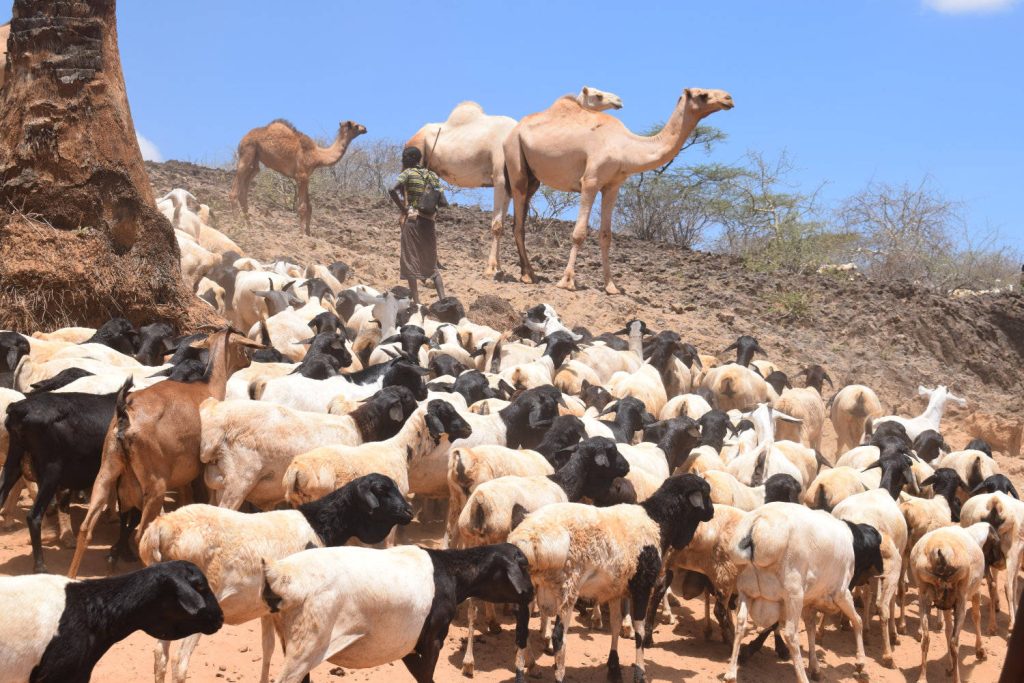
Government Responses to the Conflicts
Police Deployments and Attendant Challenges
Police deployments have been one of the measures employed by the Kenyan government to quell insecurity in Samburu county. However, little has been achieved in entrenching lasting peace between different communities, since conflicts continue to manifest. The little success is attributed to the reactionary rather than proactive nature of the measures taken.
Police deployments neglect the psychology of conflicts. They deal with the symptoms, while giving less attention to the perceptions and needs of the community. In many pastoralist communities, gun ownership is intertwined with a sense of security. This increases the desire for gun ownership. Whenever guns are taken away by security officers forcefully, people buy more since only then do they feel safe. Additionally, people are beaten up during security operations and livestock is killed. Such acts trigger anger towards security personnel, who may be viewed as the enemy of the people rather than a solution to the insecurity problem.
Grace Periods for Voluntary Surrender of Firearms
The Kenyan government has more than once set amnesty periods under which people are allowed to surrender illegal firearms voluntarily. This is often conducted with an assurance of zero charges for those who choose to obey the government directives. However, it is apparent that most individuals choose to defy such injunctions, despite threats of forceful disarmament once the grace period is over. For instance, only 17 illegal firearms were surrendered between November 2020 and January 2021, despite an overwhelming number of illegal arms in the region.18Ondieki, Geoffrey (2021) ‘Kenya: Samburu Residents Urged to Surrender Unlicensed Firearms’, Daily Nation, 4 February, Available at: <https://allafrica.com/stories/202102050249.html> (Accessed: 10 June 2022). What is the cause of such defiance? Apart from the lack of trust in security personnel’s ability to provide adequate security, past experiences play a critical role in such non-compliance acts. For example, a former Samburu councillor once argued that the community endured more than 20 attacks after they voluntarily surrendered 2 000 guns to the government in 2006. ‘It is obvious Samburus will not repeat the mistake’ of handing back guns, he said.19The New Humanitarian (2007) ‘Kenya: Defying orders to surrender illegal guns’, ReliefWeb, 22 March, Available at: <https://reliefweb.int/report/kenya/kenya-defying-orders-surrender-illegal-guns> (Accessed: 10 June 2022).
Recruitment of Kenya Police Reservists (KPRs)
KPRs are an auxiliary force separate from the National Police Service, encompassing state-armed individuals often selected from certain ungoverned spaces to function as a proxy to the state in providing security within their own localities.20Agade, Kennedy Mkutu (2015) ‘Changes and Challenges of the Kenya Police Reserve: The Case of Turkana County’, African Studies Review, 58(1), 199–222. Their presence is intended to create order in ungoverned spaces, while reducing exposure to attacks in different pastoralist communities. KPRs have been operating in Samburu for quite a while. However, the government withdrew the reservists in 2019 and seized more than 3 000 firearms after it emerged that some of them had started engaging in criminal activities.21The Star (2021) ‘Laikipia leaders push for rehiring of police reservists,’ 30 August, Available at: <https://www.the-star.co.ke/counties/rift-valley/2021-08-30-laikipia-leaders-push-for-rehiring-of-police-reservists> (Accessed: 21 June 2022). Since then, conflicts have been rampant in the county, with various local leaders criticising the government for deciding to disarm the aforementioned individuals.
In December 2021, the government reinstated 90 reservists after conflicts spiked in the region. According to a Samburu Women representative, the reinstated police reservists will play a critical role in assisting government officers to identify banditry routes, owing to their familiarity with the different regions in the county.22KTN News Kenya (2021) ‘Samburu West security: National police reservists reinstated,’ YouTube, 28 December, Available at: <https://www.youtube.com/watch?v=ItCGDn_tmkg> (Accessed: 21 June 2022).
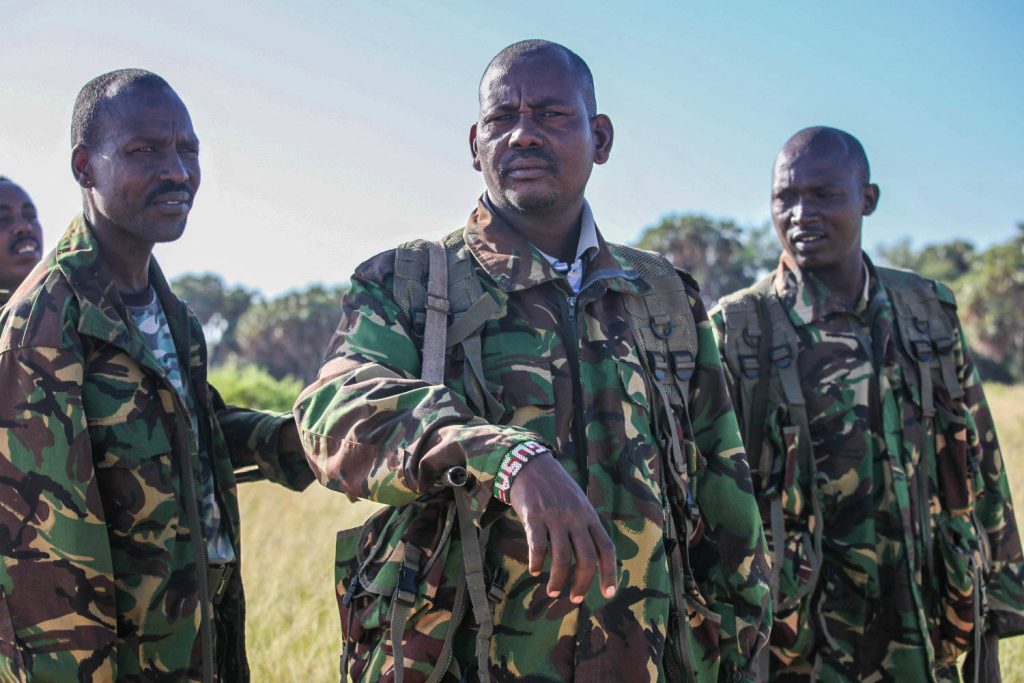
Creation of Buffer Zones
The National Government of Kenya banned livestock grazing in Baragoi town and its outskirts in an attempt to increase security in the Northern part of Samburu county.23Githu, Robert (2021) ‘Buffer Zones Created to End Conflict. Kenya News Agency’, Kenya News, 9 November, Available at: <https://www.kenyanews.go.ke/buffer-zone-created-to-end-conflict> (Accessed: 23 June 2022). However, a lack of goodwill from the people has adversely affected this effort. Widespread inter-communal contestations between different communities persist. Many businesses have also been closed down, with potential investors shying away from the region.
Conclusion
Attaining lasting peace in Samburu county is the collective duty of the state and the citizens at large. There is a great need to enhance goodwill by all parties involved to promote effective collaboration in developing practical community-driven solutions that address the root causes of conflicts, community needs and grievances.
Interventions should also focus on the psychology of conflicts. They should entrench counter-narratives which will change perceptions towards security personnel and gun ownership. Inclusive development, including accessible roads, schools and hospitals, should form an integral part of the country’s security strategy. It will reduce incentives for fighting and create a viable environment for quick responses whenever conflicts emerge.
Kelvin Lekapua is a peace and conflict researcher and analyst based in Nairobi, Kenya.

